Photo Sphere for Android 4.2 is like Microsoft Photosynth
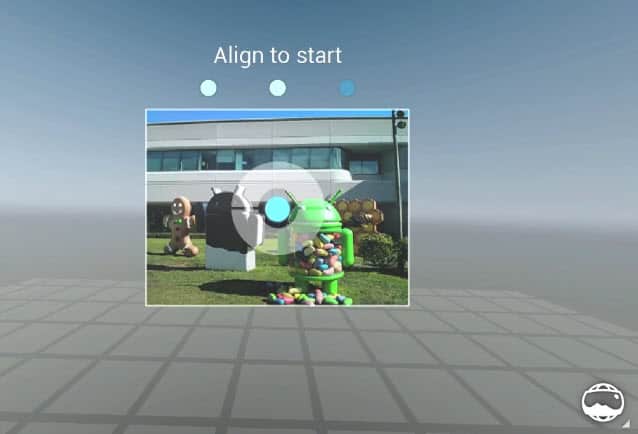
If you use the digital camera built in to your smartphone to record the moment, you have two main options to do so. You can shot single photos of a scene or record a video.
What I liked so much about Microsoft Photosynth is that it is a program that creates a larger panoramic image from a number of photos taken that depict the same scene.
You basically take a lot of photos, preferably all in the right angle, and use the software afterward to stitch them together to create a larger photo. Ideal for creating panoramic images, it can also be used to create 360 images and more.
Photo Sphere
Google is bringing Photosynth to Android. The company calls it Photo Sphere, but it is basically the same thing. The app displays a three dimensional room to you when you start it.
You fill that room by taking photos from the scene and the application displays the resulting image right on the screen as it fills up the empty space. The gray areas in the room indicate areas that you still need to take a photo of to complete the panorama.
You start with a single photo and go from there.
You add photos to the image, which may not look aligned at all at first, but that's only before the app starts the processing.
The panorama gets rendered in the end once you are finished taking the photos. The different photo angles get aligned properly in the process so that it is less likely that you can spot transitions between two photos on the panorama.
It is probably best to take a look at the app in a video as it is better suited for a demonstration. Below is Google's official demo video of the Photo Sphere feature.
Photo Spheres that you create with your phone are stored as jpeg files, with the information required to view them stored as XML data in the image itself. Images can be published on Google+ or Google Maps, and probably also other locations. This remains to be seen once Android 4.2 rolls out though.
Note: The default camera app on recent versions of Android includes a Panorama option to create panoramic images using it.
It is interesting to note that Photo Sphere is not the first app for mobile devices of its kind. 360 Panorama for instance is available for Apple devices and on the Android store, Microsoft Photosynth for iOS and Windows Phone. Those are solid options if your phone does not get the upgrade to Android 4.2 any time soon - or at all.
I do like the new feature and think that it can be a great addition for Android users who like to take more than snapshots with their phones. The option to publish the results on Google Maps can be interesting for businesses, travel agencies, hotels and individuals as well.


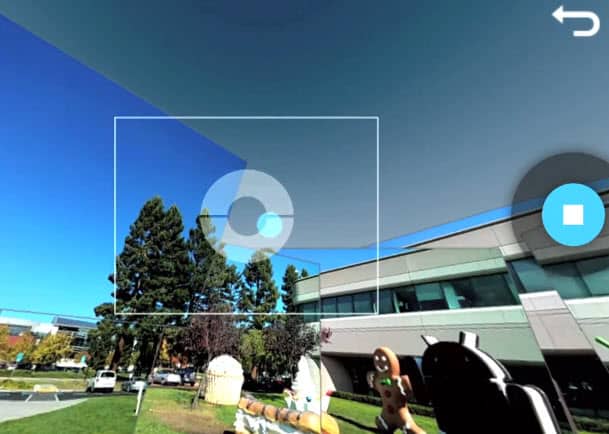
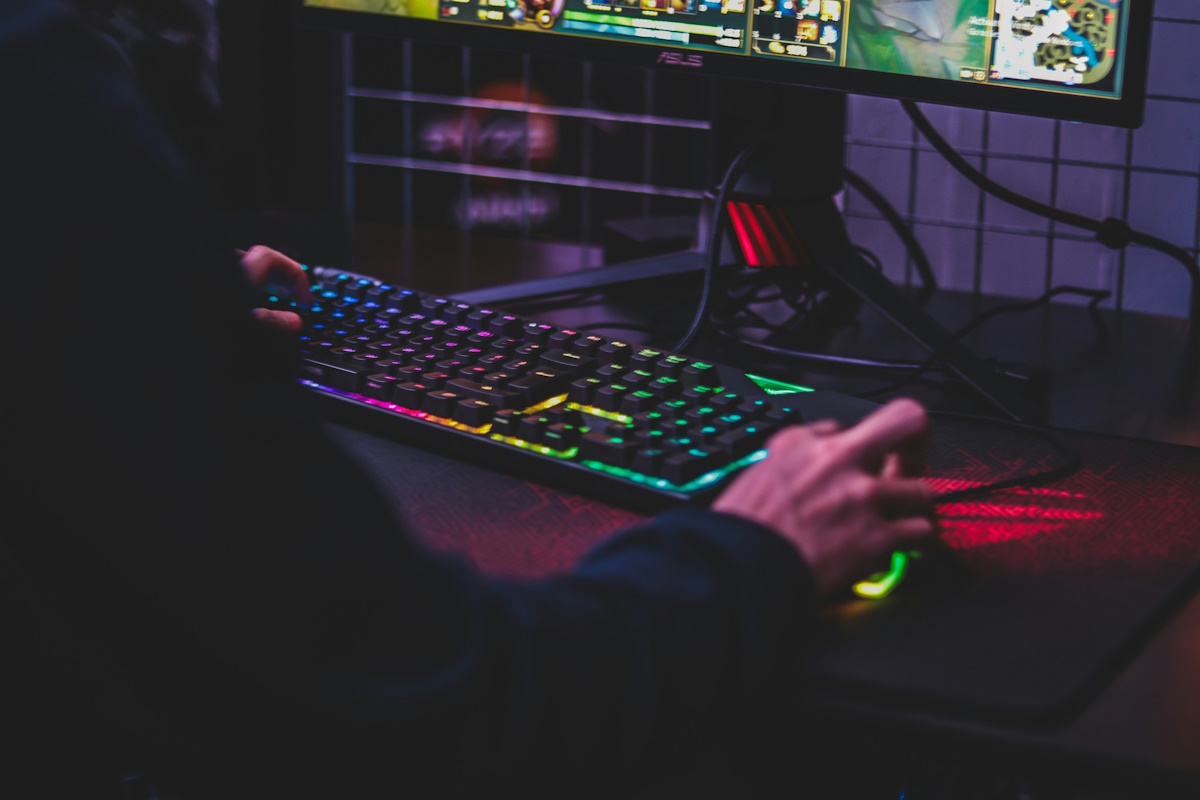

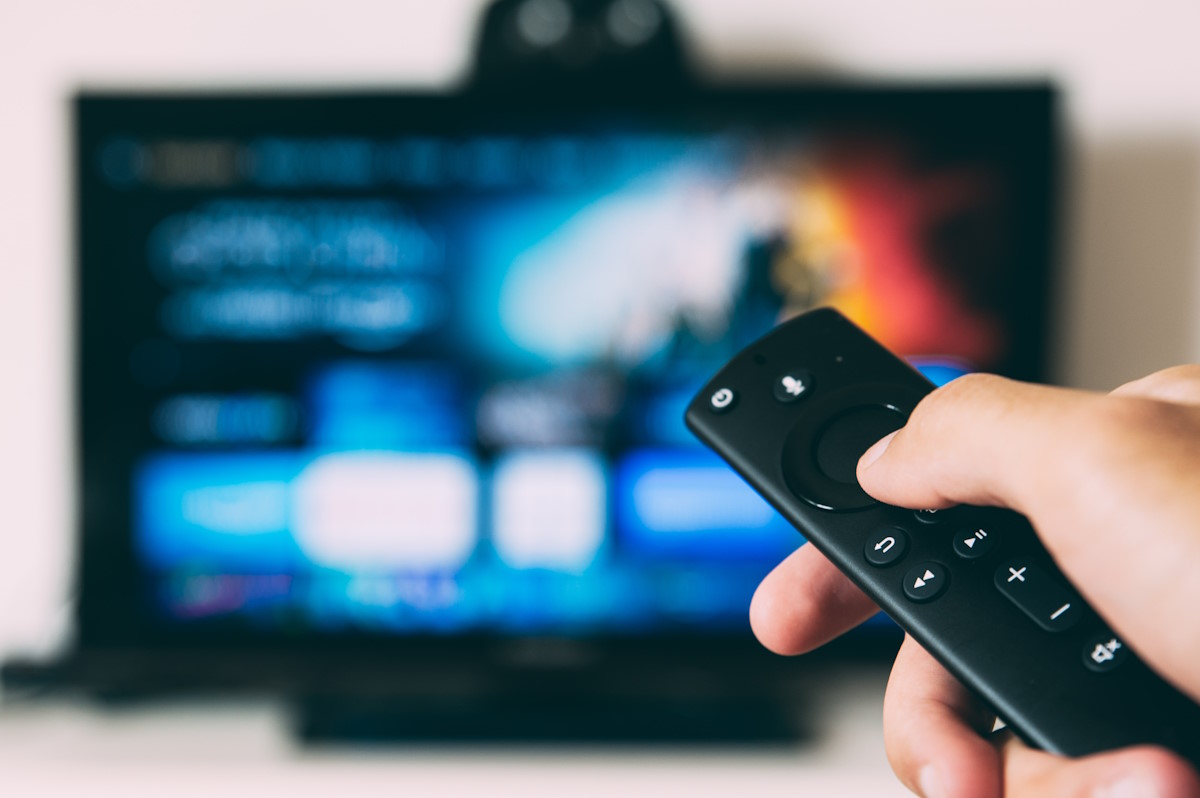
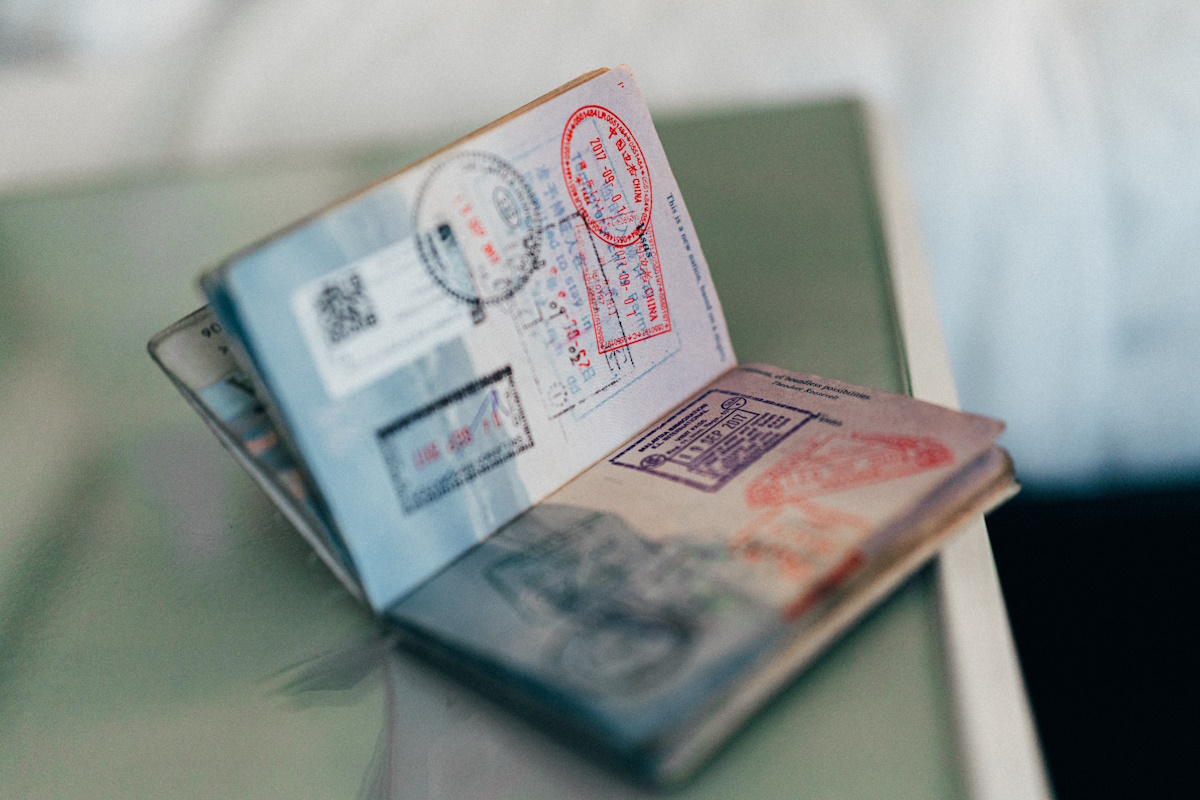
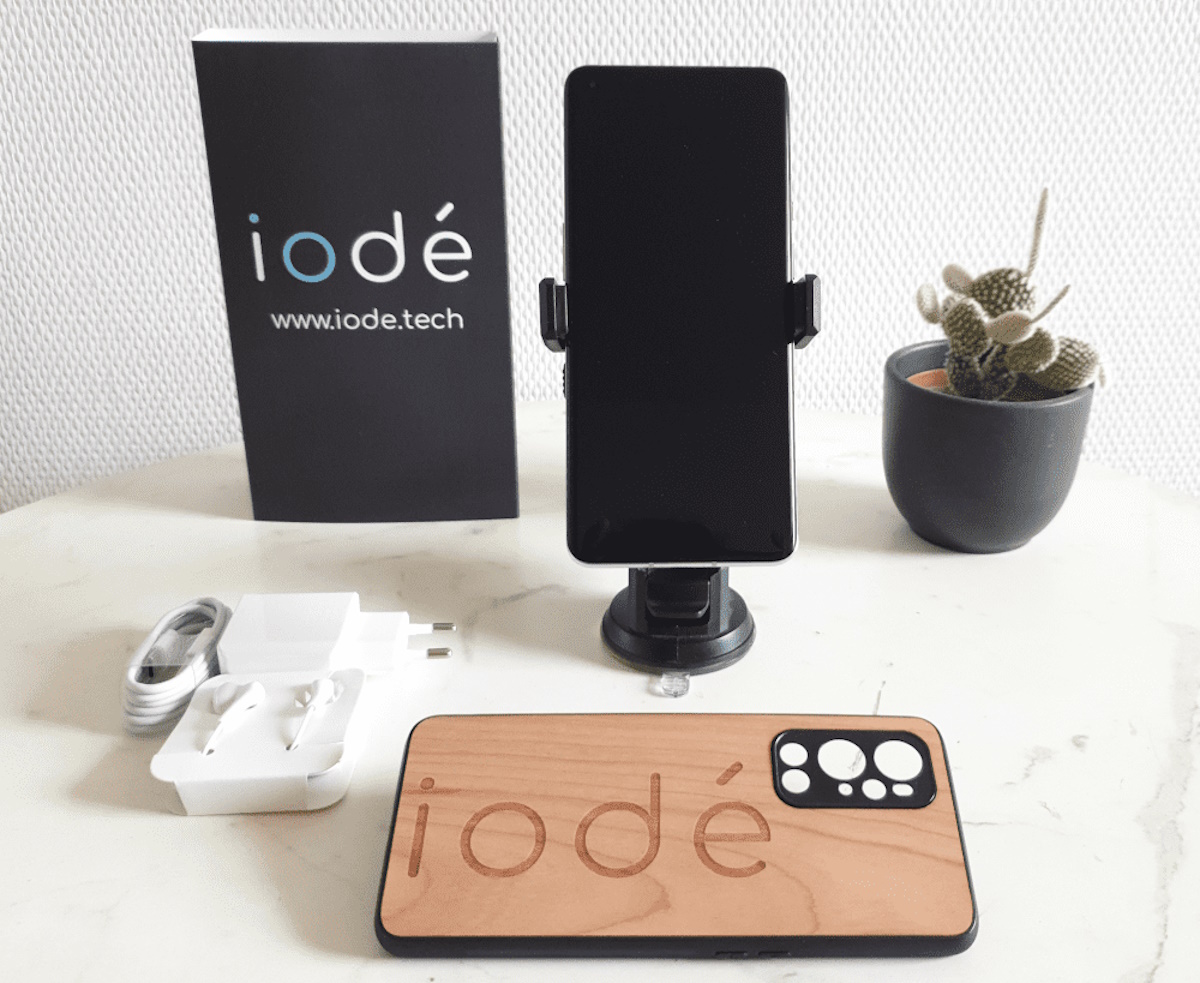
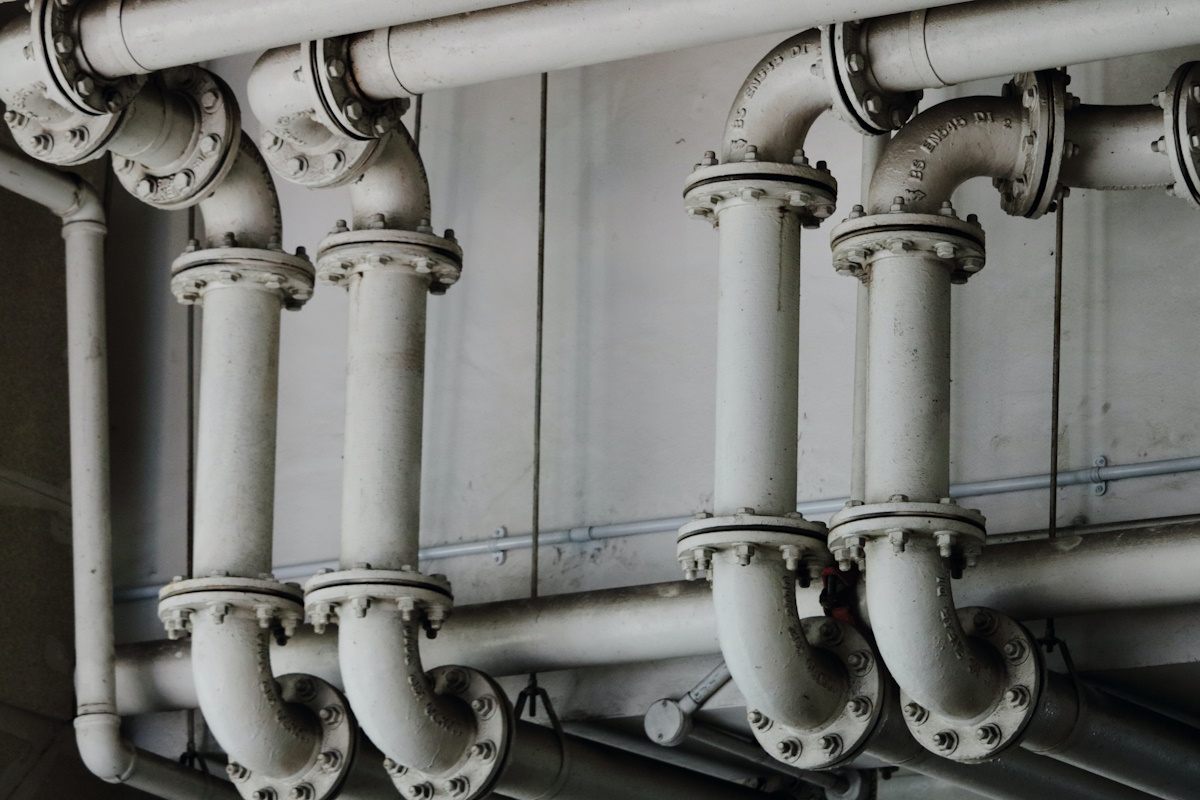

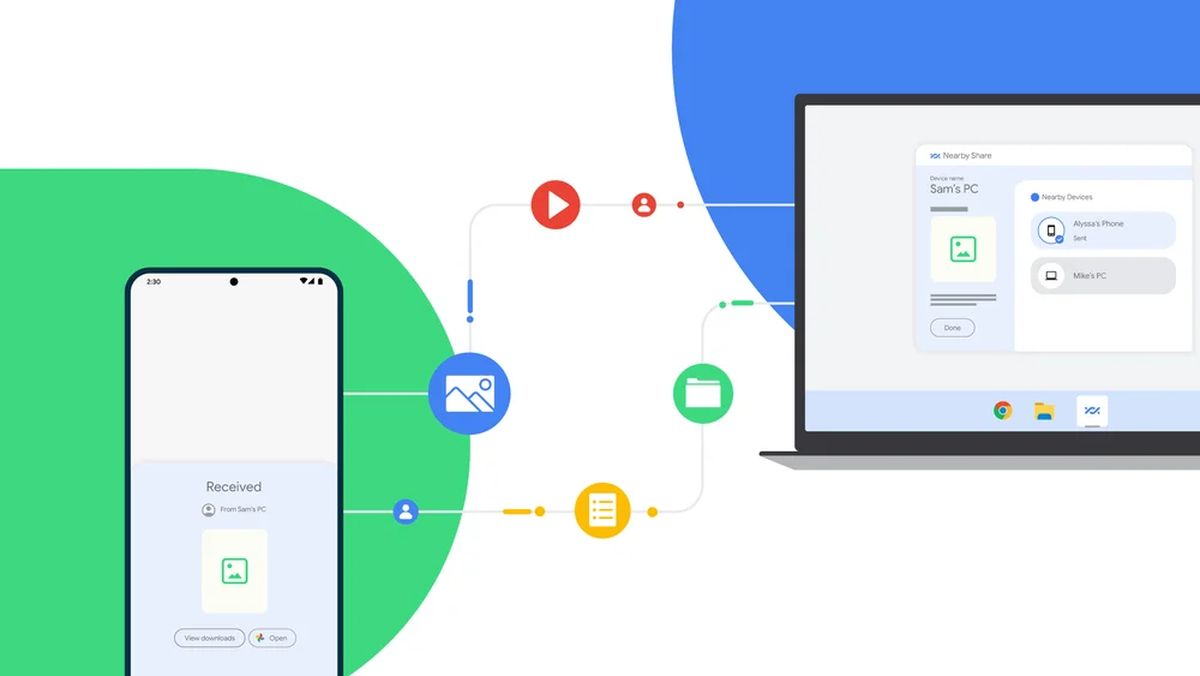
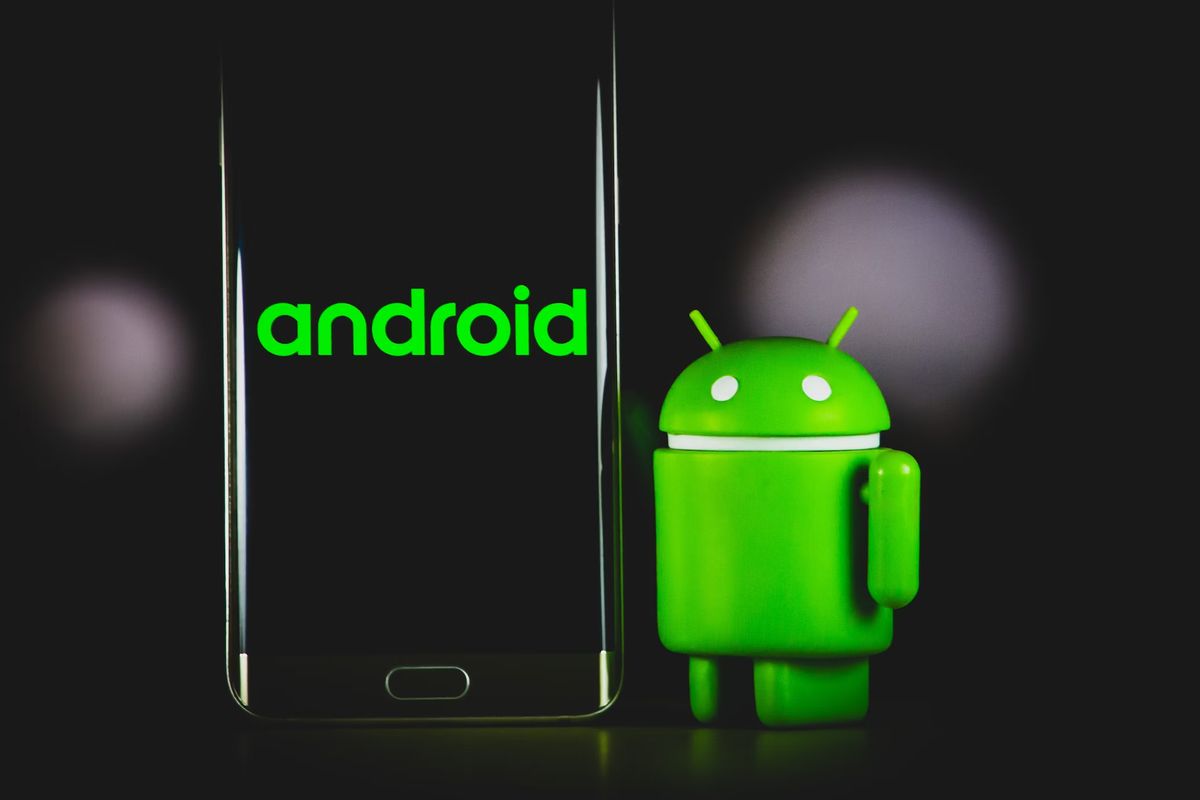
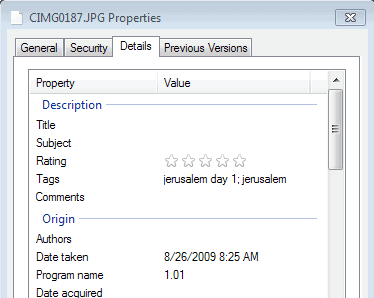











IS there a link to PhotoSphere available? I can’t find it in the Google Play store.
It ships with Android 4.2 built in, it is not an app that is available in the store.
My cellphone comes with andriod 4.2.2.
But I cannot find the Photo Sphere anywhere.
Can you share with us where to find or activate it?
Here you go: https://support.google.com/maps/answer/2839084
It may not be available on all phones.
The default camera app on my Samsung Galaxy S2 (running ICS) has the panorama option too
So you’re telling they had it in their mobile platforms, way before android? We are talking about integrated features in the mobile OS.
If it is the same as the Panorama feature of the Galaxy Note 2, it is limited vertically.
Panorama is build into iOS 6, no 3rd party app required.
http://appleinsider.com/articles/12/09/19/apples_ios_6_camera_app_turns_panoramas_on_their_head
It is important to note… Photo Sphere is NOT panorama. Android has had Panorama for a year, whereas iOS JUST got it. Photo Sphere is a NEW feature, which makes picture that are 360 Degrees up and down, like Street View. NOT PANORAMA, which Android had way before iOS anyways. Have a nice day :)
Android users trying to justify the poor robot :P
And Microsoft had Photosynth way before Google had PhotoSphere.
Ilev thanks for pointing that out, great to know.